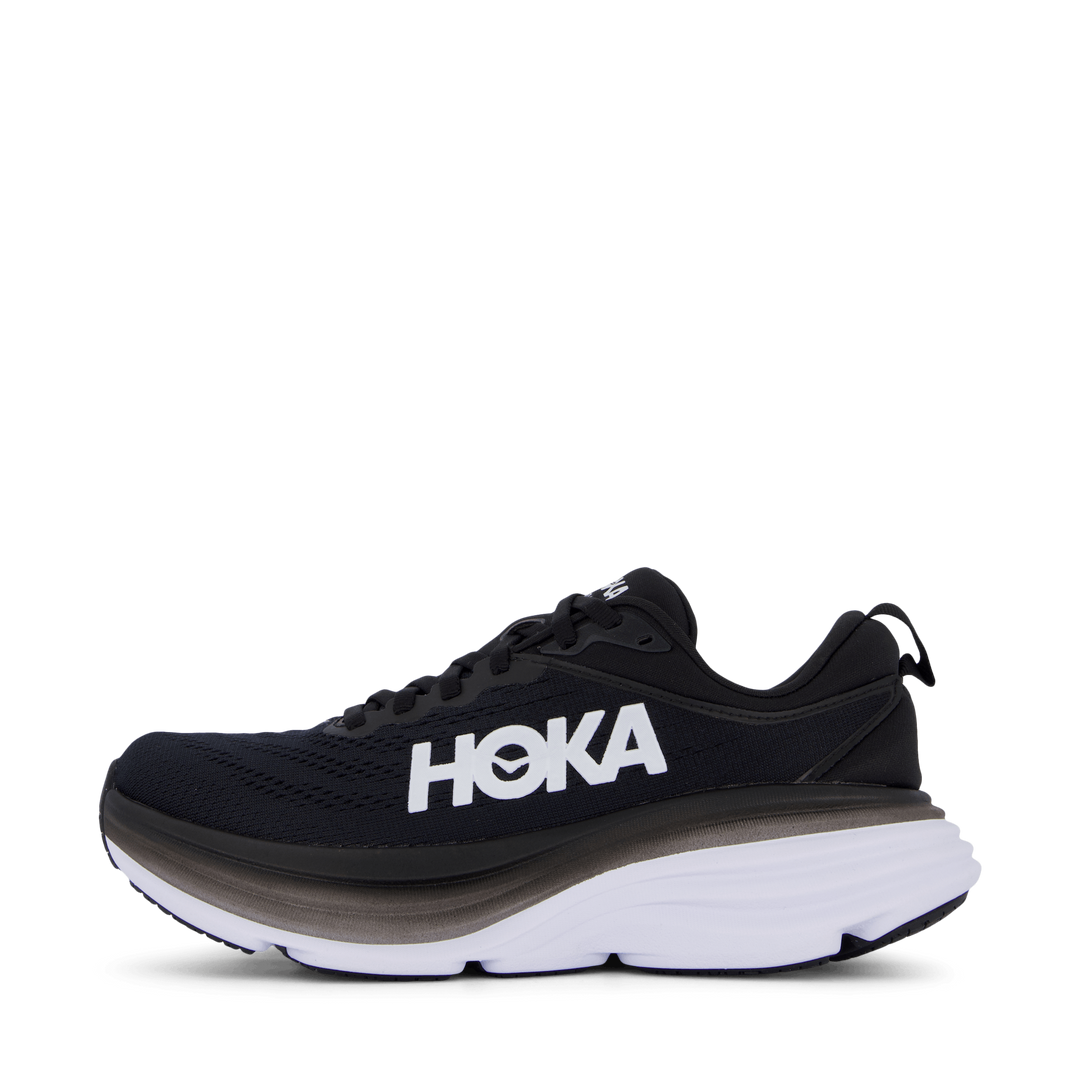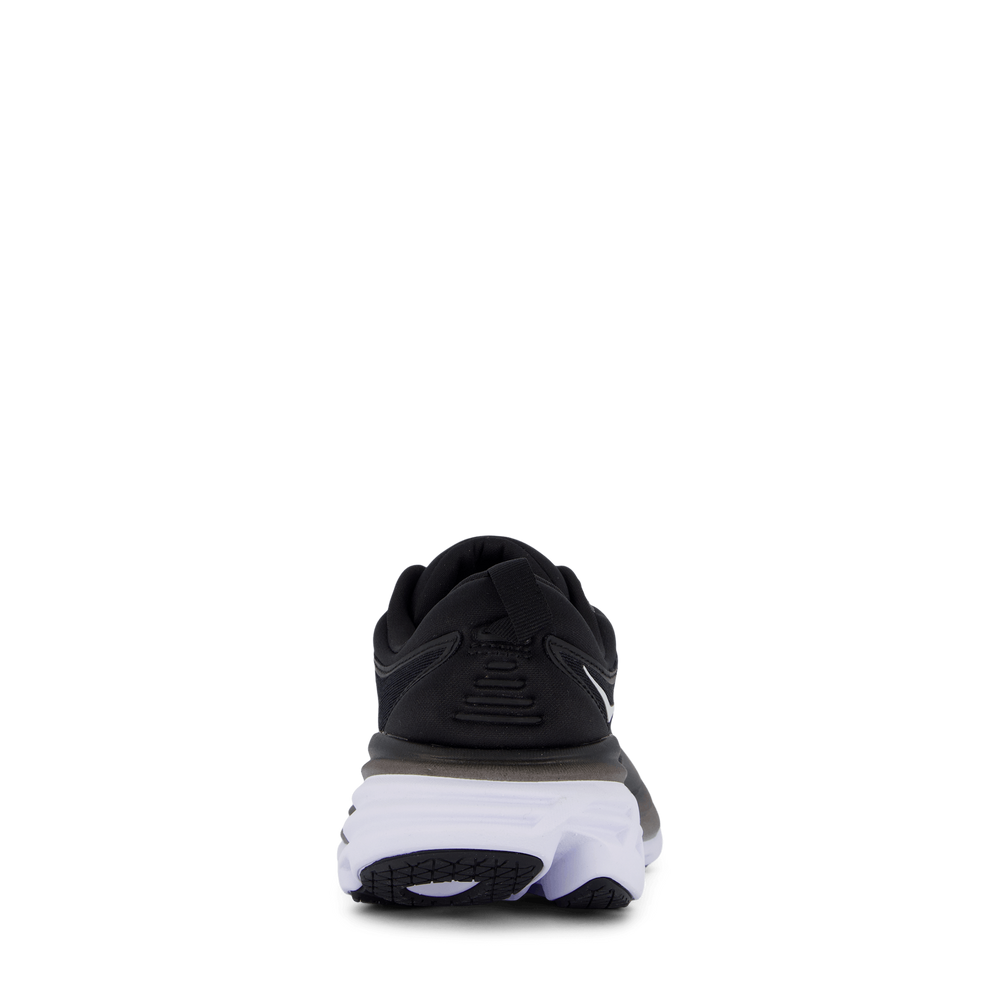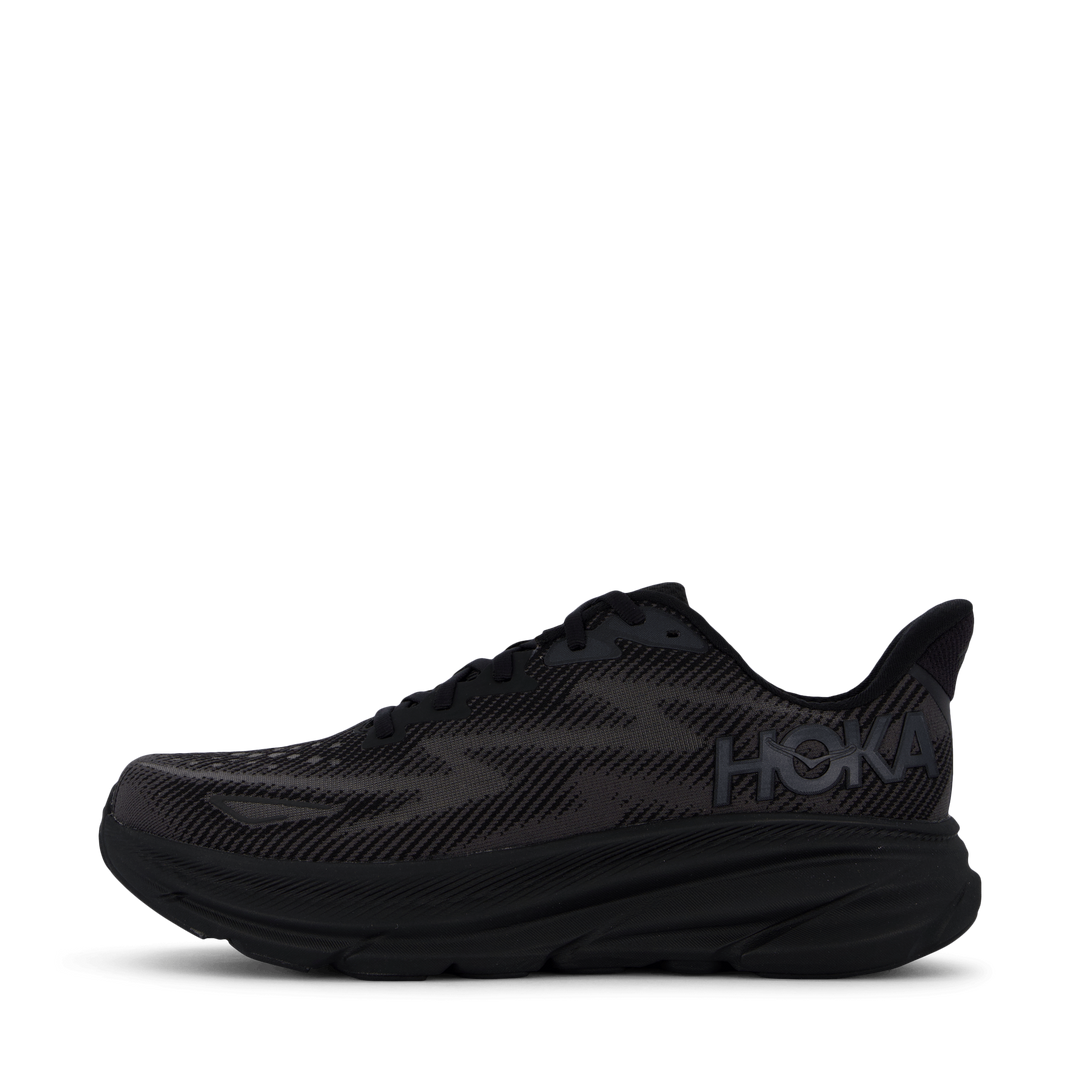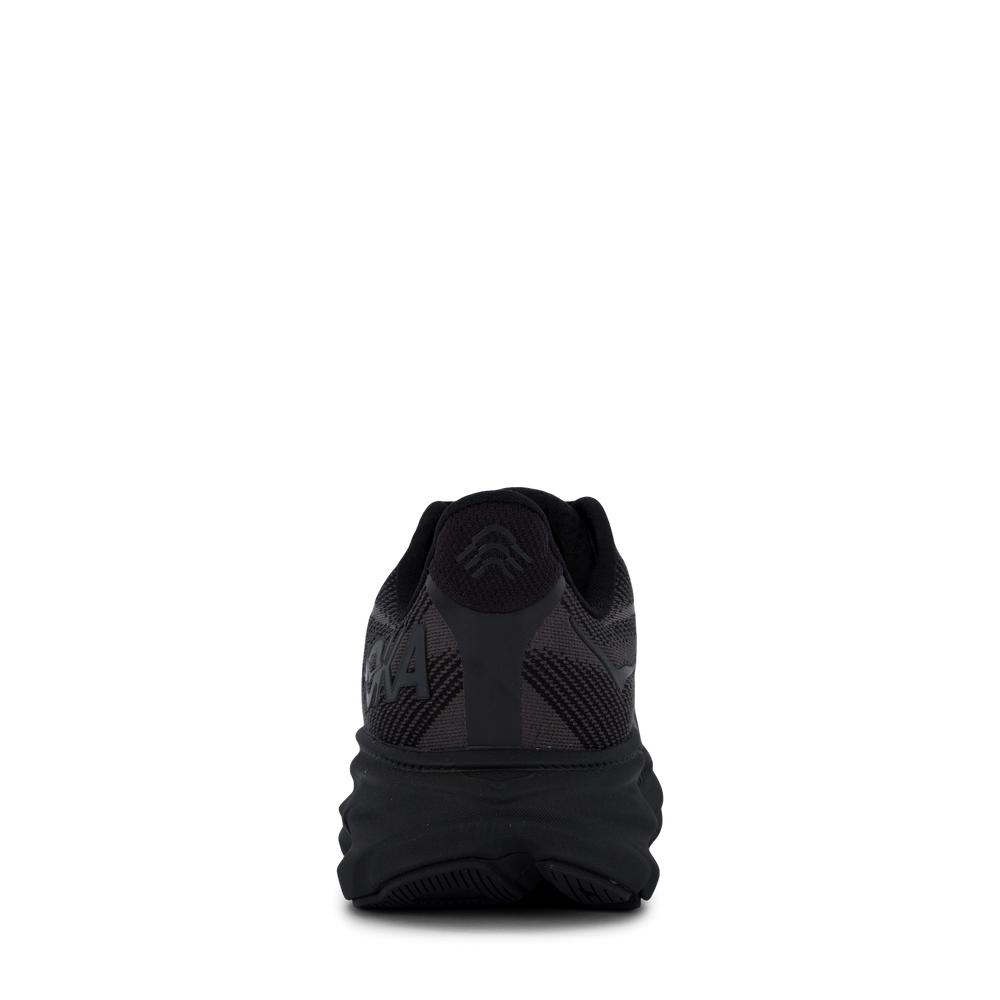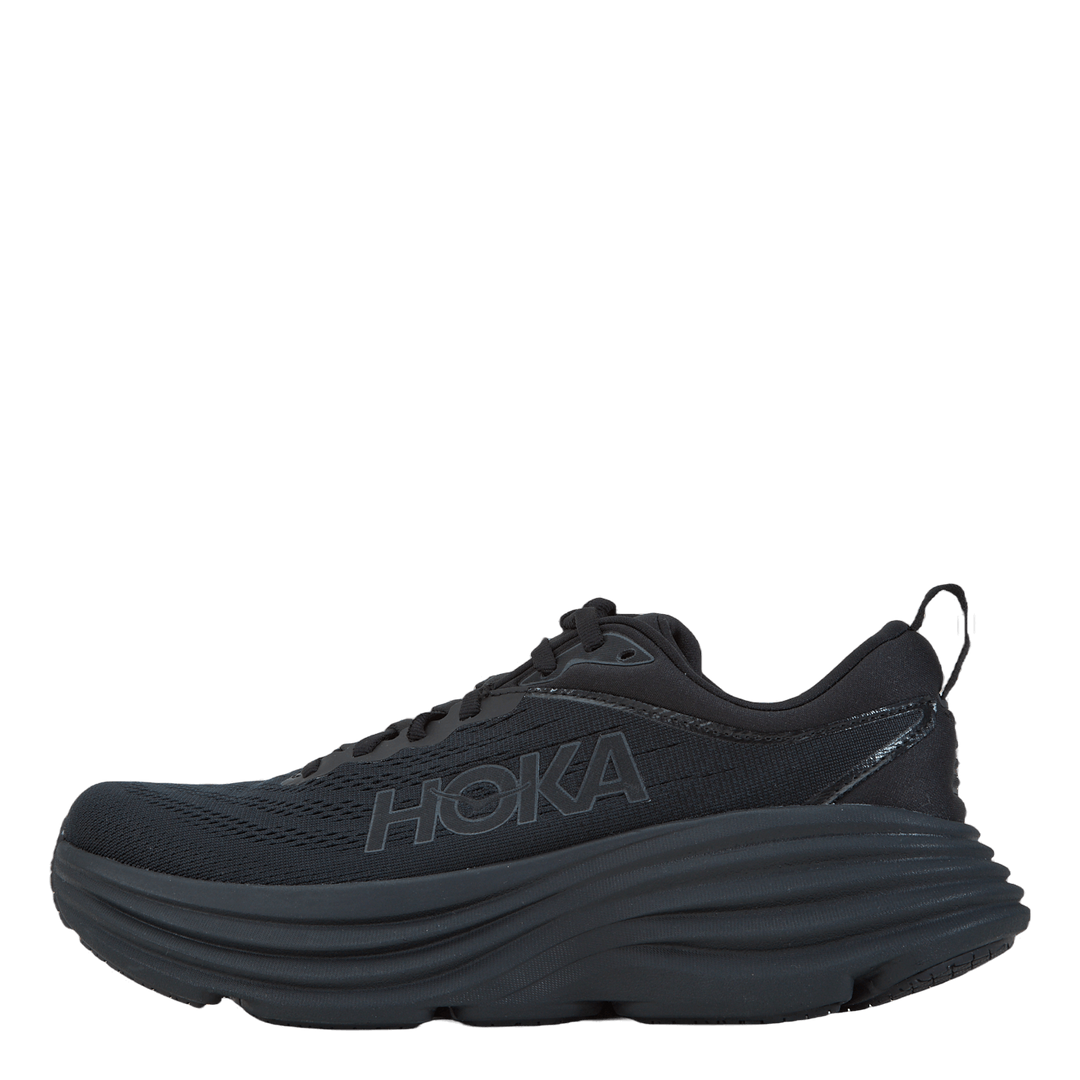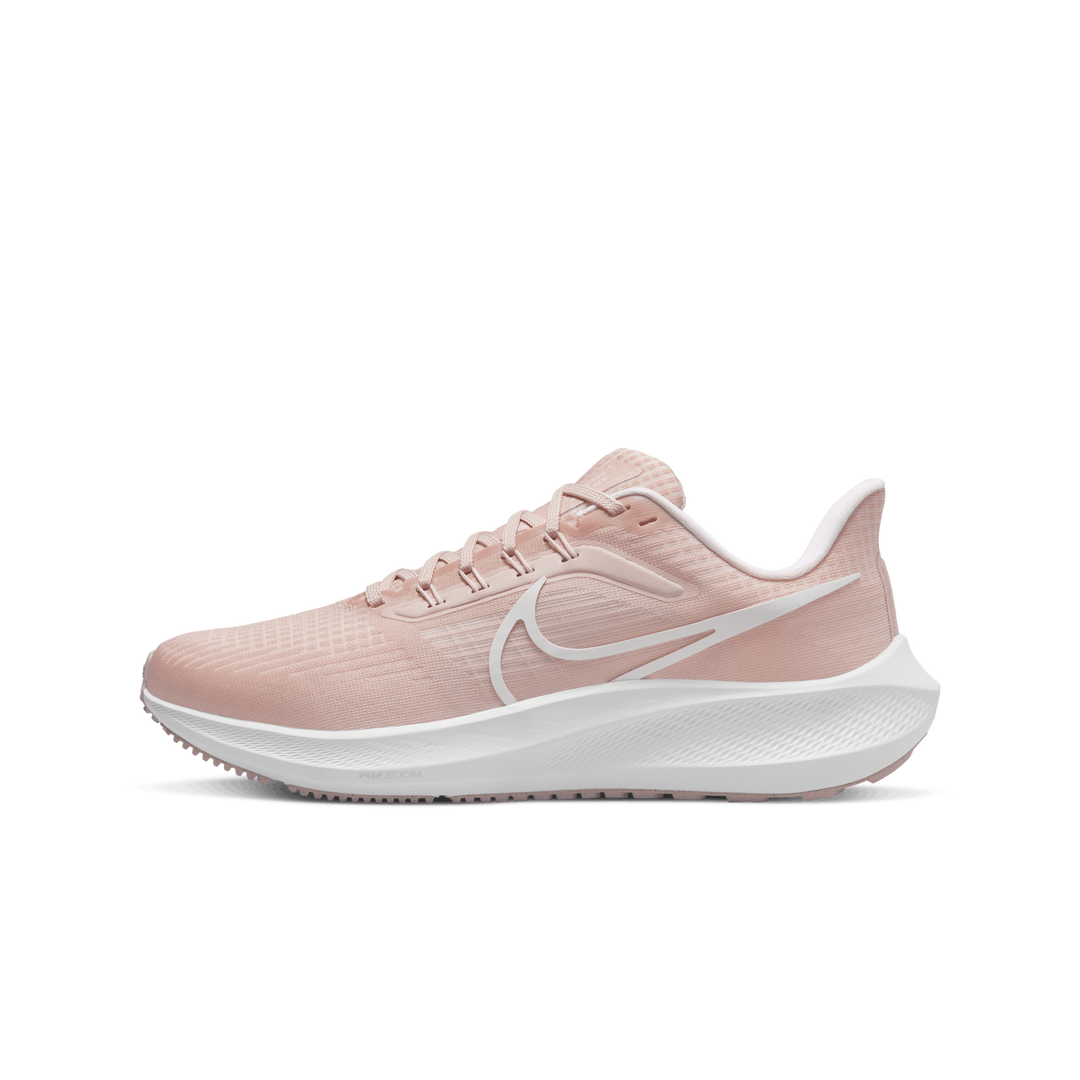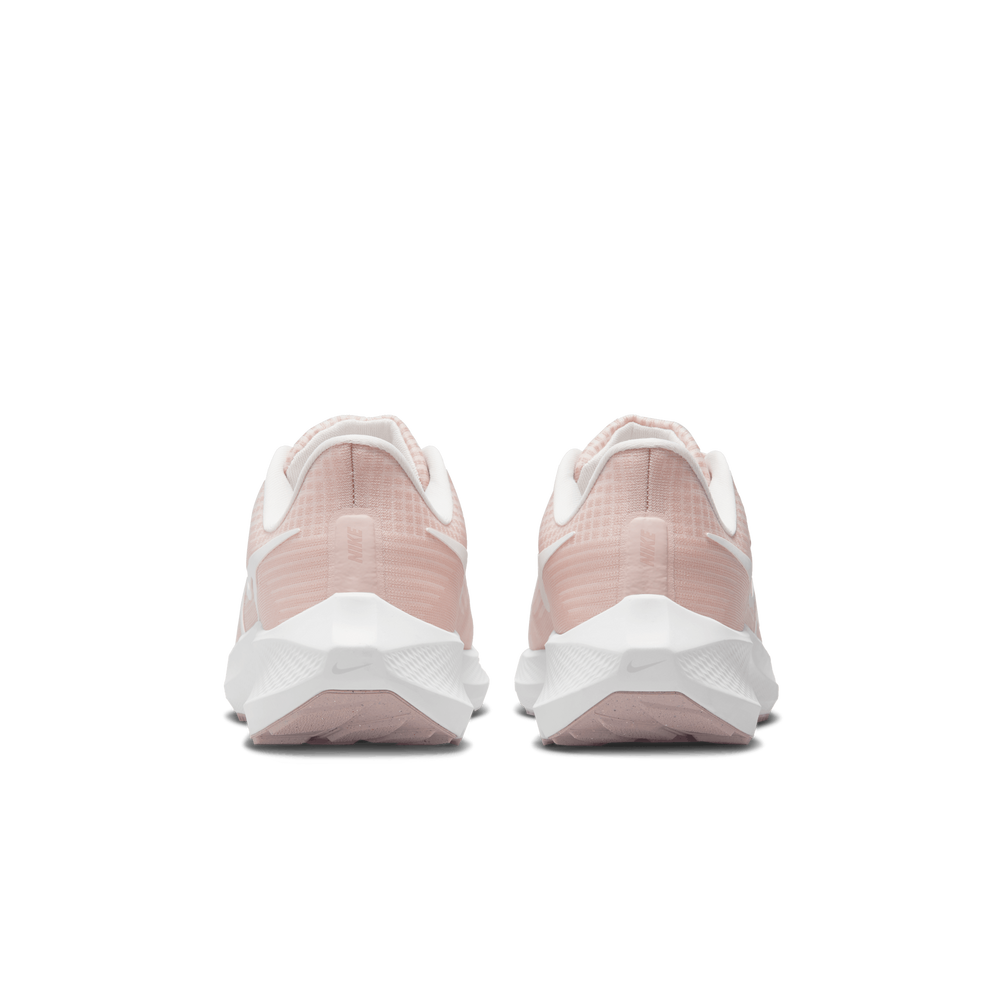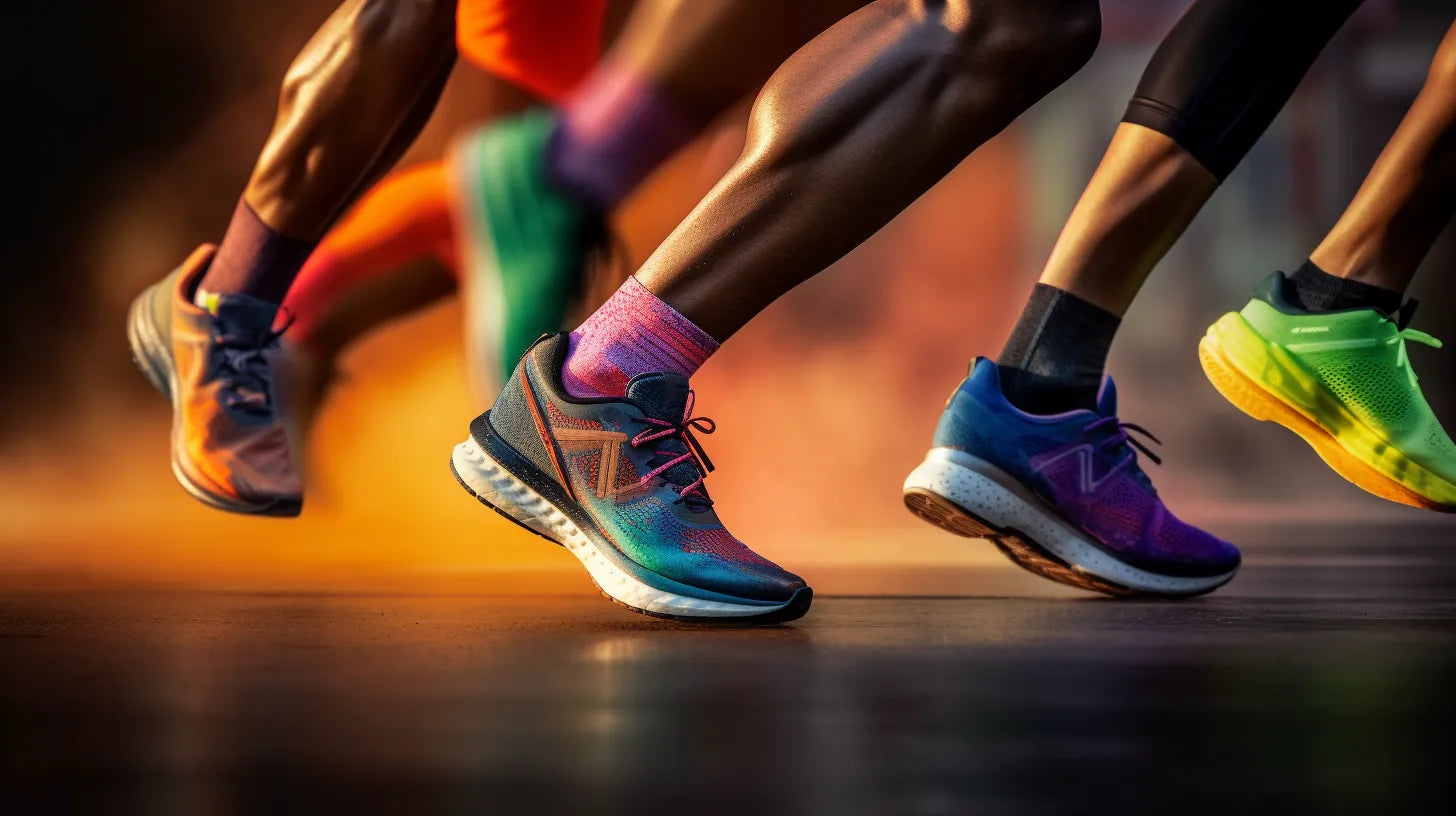
Find the Best Running Shoes for Your Feet and Running Style
Why the Right Running Shoes are so Important
Running is one of the most natural and effective forms of exercise we have. But to get the most out of your running and avoid injuries, it's important to have the right shoes on your feet. Running shoes are designed to provide support, cushioning, and stability tailored to different running styles and conditions. Choosing the wrong shoes can lead to discomfort, poor performance, and, at worst, injuries.
Keep in mind that running shoes are perishable - even the best shoes need to be replaced after 50-100 miles, depending on your running style, body weight, and terrain. So invest in a really good pair of shoes and replace them regularly to give your feet the best possible support.
What is Your Running Style?
The first step to finding the best running shoes for you is to determine your running style. This is about how your foot strikes the ground and how it moves during the stride. The most common running styles are:
- Neutral Stride - the foot strikes the ground with the outside of the heel and rolls inward just enough for an efficient gait. This is the most common and desirable running style.
- Overpronation - the foot strikes the ground with the inside of the heel and rolls inward too much, which can lead to injuries over time. Runners with this style need shoes with extra support.
- Supination - the foot lands on the outside of the heel and doesn't roll inward enough. This puts strain on the foot in a way that can cause problems. Runners with this style benefit from shoes with extra cushioning.
To determine your running style, you can do a footprint test at home, look at the wear pattern on your old shoes, or have an expert at the running store analyze your style. Many stores also offer gait analysis on a treadmill.
Match the Shoes to Your Feet
The next step is to choose shoes that fit your feet. Feet are unique, and what works for your running buddy may not work for you at all. Keep the following in mind when trying on shoes:
- Size - make sure you have at least a thumb's width of space in front of your toes. Feet swell when you run, so a little extra room is needed.
- Width - if you have wide feet, choose a shoe with a roomy toe box. Many brands offer shoes in different widths.
- Arch - high, normal, or low arches place different demands on the shoe. High arches need extra cushioning, while low arches benefit from shoes with support.
- Injury History - if you've been injured before, specific shoes can help prevent new problems.
Take your time in the store and try the shoes both indoors and outdoors if possible. Some stores even offer the opportunity to test run the shoes. Pay attention to getting a good fit, support where you need it, and an overall comfortable feel.
Consider the Surface You Run On
Where you run also matters when choosing shoes. Do you mostly run on asphalt and hard surfaces, or do you prefer soft forest trails? Different surfaces place different demands on your shoes.
- Asphalt/Hard Surface - here you want a shoe with good cushioning to protect your joints from impact. Shoes with a durable outsole also provide good traction on wet surfaces.
- Trail/Soft Surface - on softer surfaces, a shoe with good grip and stability is most important. Look for a shoe with a deeply lugged outsole and a low profile.
- Mixed Terrain - if you run on different types of surfaces, a hybrid shoe may be the best choice. They combine cushioning for hard surfaces with grip and stability for trails.
Also, consider if you run in varying weather conditions. If you run a lot in rain and on wet surfaces, shoes with Gore-Tex or another waterproof membrane can be a comfortable choice.
Choose the Right Category of Running Shoes
Running shoes are divided into different categories based on the amount of support and cushioning they offer. The most common categories are:
- Neutral Shoes - suitable for runners with a neutral stride who don't need extra support. The focus is on cushioning and flexibility.
- Stability Shoes - provide extra support for runners with mild to moderate overpronation. They have a midsole that helps prevent inward rolling.
- Motion Control Shoes - offer maximum support for runners with severe overpronation. They have a stiff midsole and reinforced heel counter.
- Minimalist Shoes - have minimal cushioning and support for a natural running feel. Suitable for experienced runners with good running form.
Which category suits you best depends on your running style, foot shape, and personal preferences. At the running store, you can get help finding the right category for your needs.
Find the Best Running Shoes for You
Finding the best running shoes is about matching your unique feet and running style with the right combination of fit, support, cushioning, and features. Get help from knowledgeable staff at the running store, be open about your needs, and try on different options until you find the perfect match.
Consider investing in two pairs of shoes and alternate between them. This will make them last longer, and your feet will get some variety. With the right shoes on your feet, you can fully enjoy all the benefits of running - for both body and soul. So get out there and find your best running shoes today, one step at a time toward new adventures and personal records!




